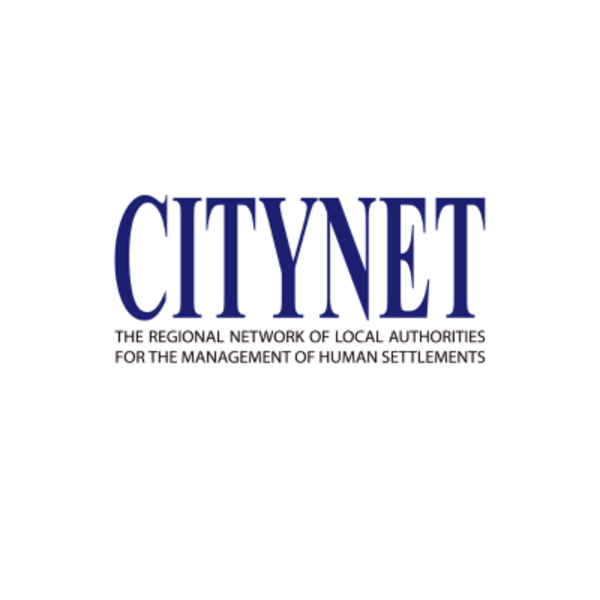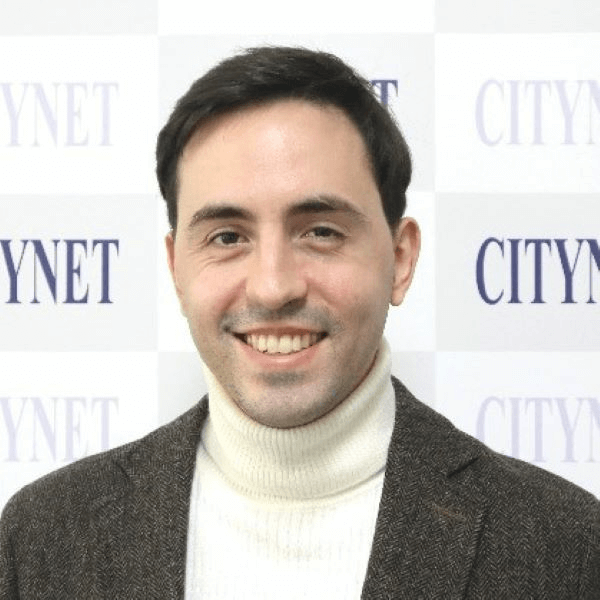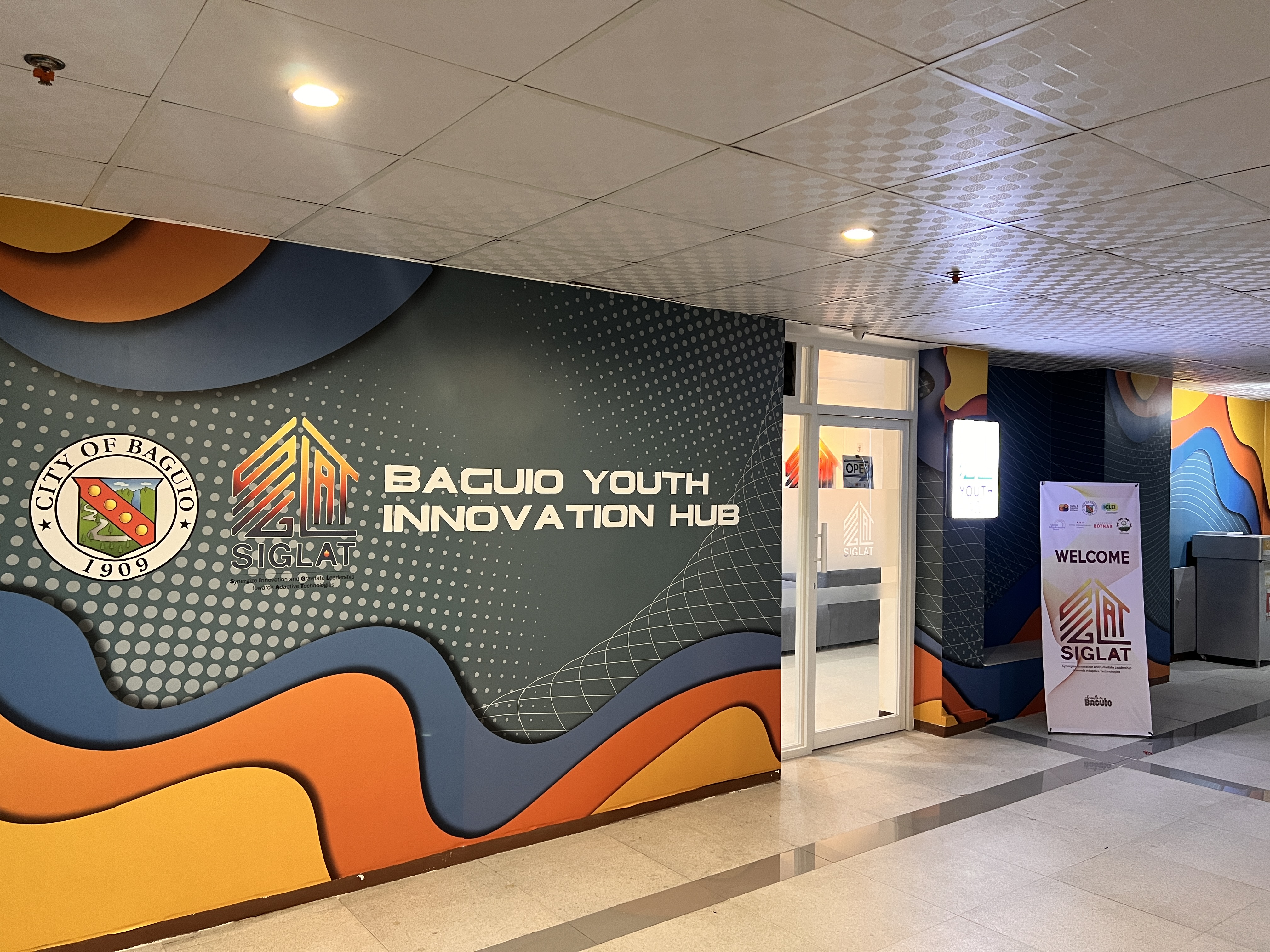 SIGLAT Youth Innovation Hub - © City of Baguio
SIGLAT Youth Innovation Hub - © City of Baguio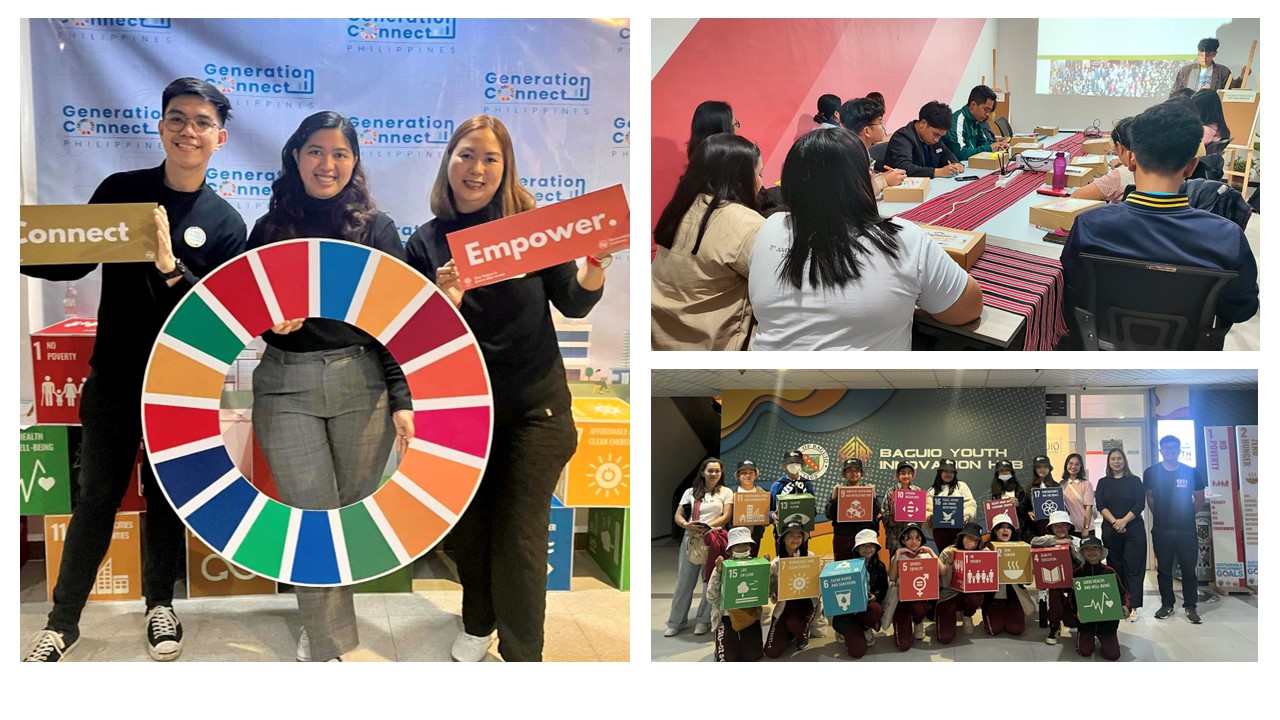 Baguio SIGLAT - © City of Baguio
Baguio SIGLAT - © City of Baguio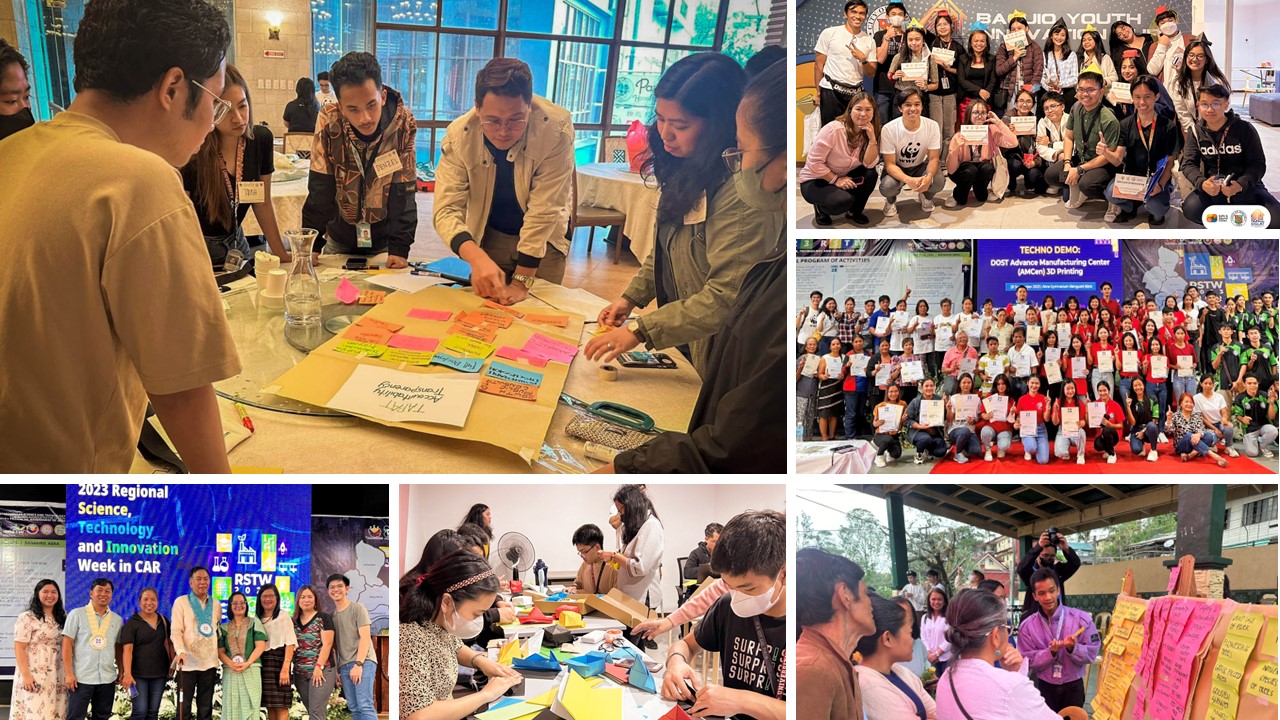 Baguio SIGLAT - © City of Baguio
Baguio SIGLAT - © City of Baguio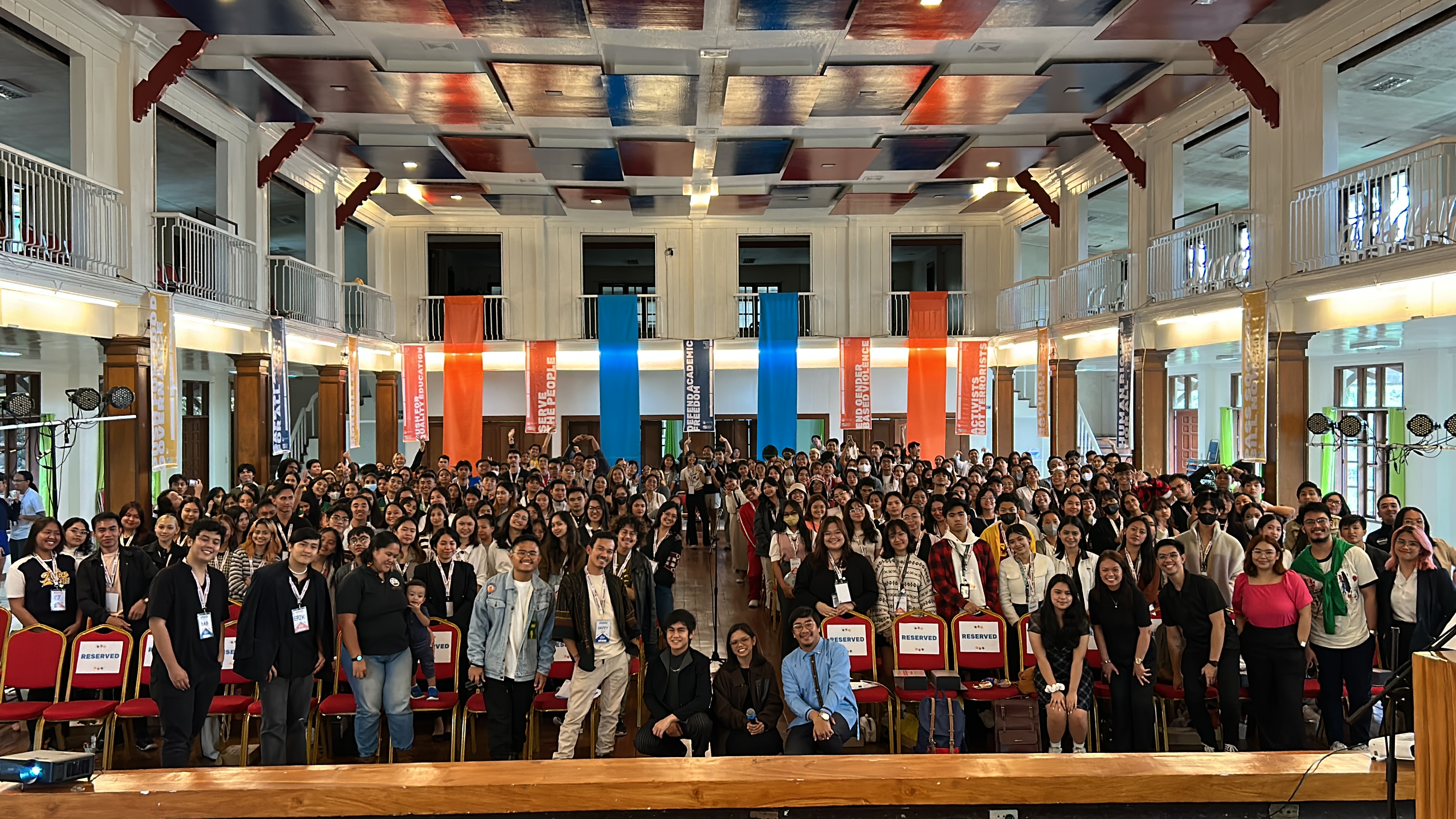 Baguio SIGLAT - © City of Baguio
Baguio SIGLAT - © City of Baguio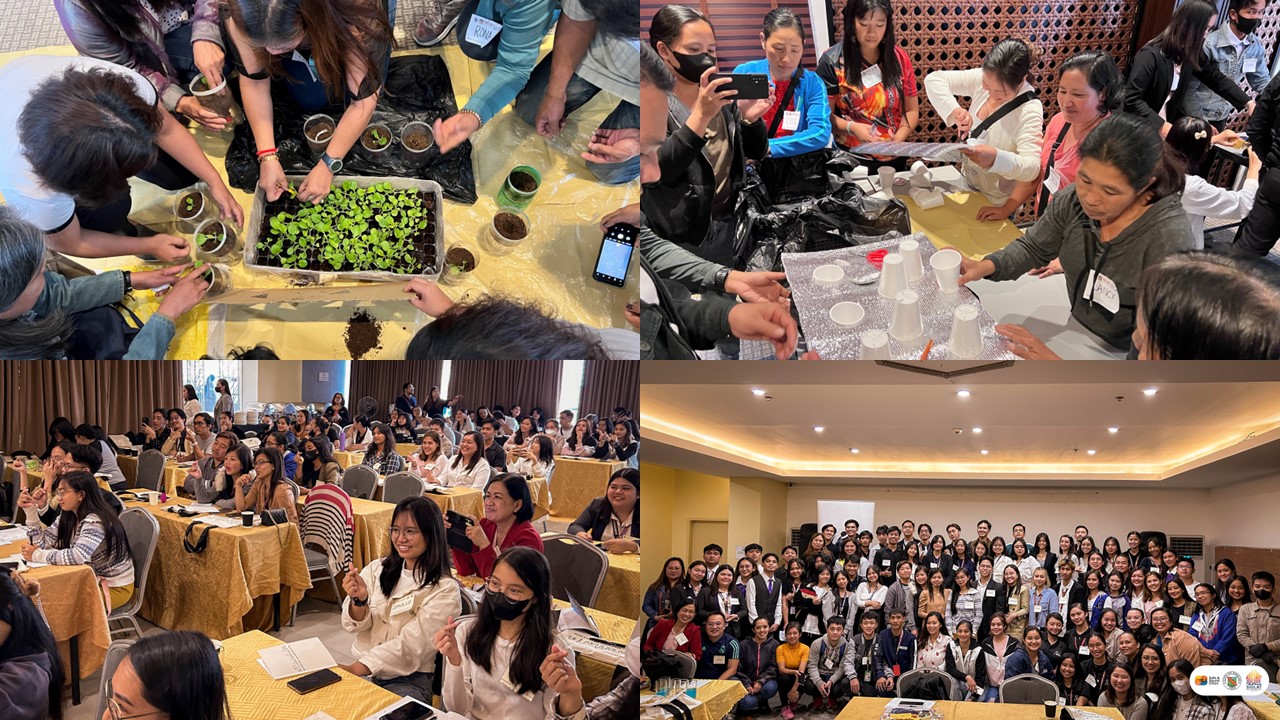 Baguio SIGLAT - © City of Baguio
Baguio SIGLAT - © City of Baguio Baguio SIGLAT - © City of Baguio
Baguio SIGLAT - © City of Baguio
City
Baguio
Main actors
City Government, Regional Government, National Government, Private Sector, Community / Citizen Group
Project area
Whole City/Administrative Region
Duration
2023 - 2024
The City Government of Baguio is leading the way in the Philippines by establishing the country's first Youth Innovation Hub, SIGLAT (Synergize, Innovation, and Gravitate Leadership Towards Adaptive Technologies). This pioneering hub is a collaborative effort between young visionaries, the public sector, and private partners to address Baguio's pressing urban challenges. SIGLAT provides youth a safe and inclusive space to explore solutions to sustainability, resiliency, climate action, and food security.
Driven by Baguio’s local leadership, SIGLAT enables the city’s youth to gain hands-on experience with emerging technologies including robotics, artificial intelligence, and virtual reality to drive social innovation. As the first specialized innovation hub for youth in the Philippines, SIGLAT sets an example for empowering young generations to create solutions for a better future.
This is an abbreviated version of the original case study on the Urban SDG Knowledge Platform with information provided by the City Government Of Baguio.
Nestled in the Cordillera Mountain range of Northern Philippines, Baguio City has long been known as the country’s “Summer Capital”, a vibrant convergence point for indigenous heritage, urban migration, and academic excellence. With a population of over 360,000 that swells daily due to tourism and student influx, Baguio becomes an intellectual and cultural high ground. It serves as the educational capital of Northern Luzon, home to over 20 higher education institutions and a dynamic civil society composed of highly technical NGOs, creative collectives, and grassroots innovators.
“Siglat” in Ilocano means to spark or ignite, an intentional metaphor for a new wave of civic imagination powered by youth. Baguio’s youthful population is one of its most potent and underleveraged assets. However, the city’s rapid growth has rendered many public spaces unsafe or exclusionary for youth. Meanwhile, the economic pressures of the post-pandemic recovery have exacerbated unemployment and mental health issues among young people. Climate change has brought more frequent landslides and typhoons, further exposing the fragility of the city’s infrastructureand the urgent need for local solutions. For many youth, especially those from marginalized barangays or informal settler families, there were few safe, accessible, and empowering spaces where they could channel their creativity, access emerging technologies, or be seen as legitimate contributors to public life.
Unlike traditional youth centres, SIGLAT is not a one-way delivery of services – it is a platform for youth to build, design, and lead, grounded in co-creation and systems thinking. It leverages Baguio’s unique knowledge ecosystem – its research-driven universities, innovative NGOs, and tech-savvy creative sectors – to provide a citywide infrastructure for youth-led problem-solving. This approach is a response to both the city’s pressing issues and its opportunities: a recognition that while Baguio faces urban, ecological, and socio-economic strains, it also houses the tools, talent, and tenacity needed to overcome them from within.
The core objectives of SIGLAT reflect this commitment to transformative, youth-centred innovation.
- First, it provides safe and inclusive spaces for learning, creativity, and exploration – spaces that are intentionally accessible to all youth, regardless of gender, background, or economic status.
- Second, it develops future-oriented skills, particularly in STEM fields and digital technologies such as artificial intelligence, robotics, 3D printing, and data science, preparing young people for a fast-changing labour market while nurturing their critical and ethical engagement with these tools.
- Third, it serves as a launchpad for youth-driven solutions to urban issues such as disaster resilience, climate adaptation, environmental sustainability, food security, and digital governance, ensuring that innovations are anchored in real community needs.
- Fourth, it cultivates entrepreneurship, partnering with local incubators and social enterprises to support youth startups and turn prototypes into viable solutions. Fifth, and perhaps most uniquely, it enables collaborative governance by creating structured opportunities for youth to work alongside city officials, academics, designers, and community leaders in co-creating public value.
This particular approach was chosen not only for its effectiveness but for its deep local resonance.
SIGLAT allows innovation to emerge from the lived experiences of young people themselves, turning frustration into creativity, and disconnection into community. It represents a new kind of public infrastructure: one where innovation is not extracted from youth, but entrusted to them, because the future of Baguio does not lie in top-down policies alone, but in the imagination and leadership of its youngest citizens.
The implementation of the Baguio SIGLAT Youth Innovation Hub is a story of collective ownership, fast-paced collaboration, and deep trust in the power of youth to transform systems. The initiative officially launched on September 1, 2023, but its foundations were laid in the weeks prior when a call was made for young volunteers not just to participate, but to build the hub themselves. In August, 30 youth volunteers from across Baguio’s schools and barangays committed three intensive weeks to co-designing, cleaning, furnishing, equipping, painting, and decoratingthe SIGLAT space. This hands-on co-creation process ensured that when the doors finally opened, the hub was not a government-imposed facility but was already owned by the youth, shaped by their vision, and imbued with their labor and pride.
The first 100 days of operations – from October to December 2023 – set the tone for an ambitious programming agenda. Over 20 workshops, design camps, hackathons, and training sessions were conducted, ranging from AI and robotics training to climate change adaptation, food sustainability, and civic tech innovation. These activities were not stand-alone events but embedded in larger civic dialogues: youth addressed real urban challenges such as safe public spaces, disaster resilience, and sustainable tourism. The hub’s early success was not just in the number of activities, but in the depth of community and systems-thinking it enabled. By December, SIGLAT had attracted over 2,100 youth participants and worked with 294 partners, including schools, NGOs, technology firms, and local barangays, demonstrating an agile and scalable model of youth engagement.
Community participation remained central well beyond launch. In the hub’s design phase, participatory planning workshops were held where youth provided input on everything from furniture layout to programming priorities. More significantly, youth were embedded in city governance structures. SIGLAT-trained representatives were appointed to local boards and councils focused on climate change, ICT, education, and peace and order, enabling them to directly influence policy and ensure that youth perspectives shaped decisions on safety, resilience, and digital transformation. This institutional integration of youth voices is one of SIGLAT’s most innovative features — it transforms participation from symbolic consultation to shared power in governance.
To ensure impact is measurable and scalable, SIGLAT developed a digital dashboard and data strategy to monitor youth participation, track learning outcomes, and evaluate program effectiveness. Metrics include attendance rates, skill acquisition levels, solutions prototyped, partnerships formed, and projects deployed in the community. The hub also conducts mid-year and annual reflection sessions involving both youth and adult partners, using these moments to assess progress, identify bottlenecks, and co-create the next set of challenges and opportunities to tackle. This feedback loop ensures that the hub is a living, learning system, responsive to the evolving needs of the city and its young people.
The long-term sustainability of SIGLAT rests on two pillars: partnerships and people. The hub has established durable collaborations with national agencies, academic institutions, startups, and civic groups, providing not just funding or equipment, but a shared vision for youth-led innovation. By engaging volunteer youth as peer facilitators and trainers, SIGLAT also creates a pipeline of leaders who can sustain programming while minimizing operational costs. These volunteers gain advanced mentoring and leadership development, while new batches of participants benefit from near-peer learning — a virtuous cycle that decentralizes leadership and expands capacity organically.
At the heart of this initiative is a radical yet simple idea: that youth are not the future — they are the now. The most innovative aspect of SIGLAT is not the 3D printers or robotics kits, but its philosophy of intergenerational collaboration — the conviction that young people, when trusted and equipped, can reimagine systems that work better for everyone. Baguio City’s transformation of a previously unused public space into a thriving hub of civic innovation and learning has set a replicable precedent for municipalities across the Philippines and the Global South. SIGLAT demonstrates that with participatory design, inclusive governance, and a long-term vision rooted in community, we can unlock the full potential of youth to lead climate action, urban renewal, and democratic innovation from the ground up.
The Baguio SIGLAT Youth Innovation Hub is managed by the City Planning, Development and Sustainability Office (CPDSO) of the City Government of Baguio. At least three government personnel from CPDSO are directly engaged in the hub’s planning, implementation, and monitoring processes. Cross-departmental coordination is facilitated through regular inter-agency meetings and planning sessions, ensuring alignment with city development goals and youth empowerment strategies.
Key lead collaborators include:
-
Youth Federations and Student Organizations from elementary, secondary, and higher education institutionsacross Baguio, contributing to volunteer mobilization, programming, and hub design.
-
Baguio-based Educational Institutions, including public and private schools, which co-develop training modules and refer students for participation.
-
Technology Business Incubators (TBIs) and local startups offering mentorship, innovation workshops, and entrepreneurship guidance.
Regional Government Agencies:
-
Technical Education and Skills Development Authority (TESDA-CAR)
-
Department of Science and Technology (DOST-CAR)
-
Department of Trade and Industry (DTI-CAR)
-
Department of Information and Communication Technology (DICT-CAR)
These agencies provide technical assistance, resource support, and subject matter expertise. Coordination mechanisms include joint planning activities, co-hosted events, and shared reporting structures, ensuring inter-agency collaboration and alignment with national development goals.
The City Government has demonstrated substantial commitment through dedicated budget allocation totalling $137,000 USD for the initial two-year period (2023–2024), with continued support of $85,000 USD allocated for 2025. This financial foundation provides the stability necessary for long-term planning and sustainable operations.
Since its launch in 2023, SIGLAT has created an inclusive, youth-led innovation space that has directly engaged 4,025 young people and partnered with 438 public and private stakeholders. With free access to digital tools, internet, training, and mentorship, the hub has become a lifeline for youth, especially those from low-income, Indigenous, and marginalized communities — to develop skills, explore careers, and lead community solutions.
Success is measured through participation metrics, feedback sessions, and observed growth in confidence, skills, and civic engagement. Youth-led innovations from the hub have supported local efforts in climate action, urban safety, and food security. Over 15,000 people have been indirectly impacted, including families, educators, and local leaders.
Key to the hub’s success is its community-driven model: volunteer youth serve as facilitators, minimizing costs while strengthening ownership. Strong partnerships with schools, government agencies, and tech groups sustain long-term support. While challenges remain — particularly in funding and outreach to remote communities — the initiative continues to expand its reach and relevance.
By transforming an underutilized space into a hub of learning and leadership, SIGLAT has elevated youth as co-creators of a more liveable, inclusive, and sustainable Baguio City. It stands as a model for how cities can nurture talent, bridge inequalities, and build futures from the ground up.
For decades, Baguio has stood at the intersection of tradition and progress, blending indigenous wisdom with cutting-edge research and advocacy. Yet, beneath its cool climate and creative pulse lie deep-seated and urgent urban challenges: widening inequalities, mounting youth unemployment, rapid urbanization, ecological vulnerability, and fragmented opportunities for youth civic engagement.
The Baguio SIGLAT Youth Innovation Hub has demonstrated the power of community collaboration and inclusivityin creating positive change for the city's youth. By providing free access to resources and fostering a supportive environment, the initiative has empowered young individuals, particularly those from disadvantaged backgrounds, to unlock their potential and contribute to the community's overall development.
Replicability and Scalability
The success of the Baguio SIGLAT Youth Innovation Hub demonstrates its potential for replication and scaling up, particularly since numerous local government units and non-government organizations have expressed interest in adopting this initiative within their respective areas.
1. Replicability and Local Context
- While the core concept of providing a safe, inclusive, and resource-rich environment for youth development can be replicated, some aspects of the hub's success may be specific to the local context of Baguio City.
- Factors such as community support, stakeholder collaboration, availability of resources, and cultural nuances should be evaluated to adapt the initiative to the unique circumstances of each new location.
2. Prospects for Scaling Up
- The SIGLAT Youth Innovation Hub has demonstrated its ability to engage a significant number of youth (2,100) and stakeholders (294) since its launch in September 2023, indicating the potential for scaling up to benefit a larger population.
- Scaling up the initiative would require careful planning, resource allocation, and strategic partnerships to ensure consistent quality and accessibility across multiple locations.
- Effective outreach, promotion, and continuous stakeholder engagement strategies would be crucial to attract and retain participants.
3. Suitable Urban Contexts
- The SIGLAT Youth Innovation Hub model would be well-suited for replication in urban contexts characterized by a sizeable youth population, socioeconomic disparities, and limited access to development resources.
- Cities or municipalities with strong community support, existing youth programs, and a commitment to inclusivity and empowerment would be ideal candidates for replication.
- Additionally, areas with established partnerships between public and private entities and a vibrant civil society could facilitate the successful implementation of such an initiative.
4. Key Takeaway Lessons for Replication
-
Engage diverse stakeholders, including government agencies, private organizations, community leaders, academe, and youth representatives, to garner support, resources, and sustained commitment.
-
Conduct thorough needs assessments and community consultations to tailor the initiative to local contexts, ensuring relevance and responsiveness to youth needs.
-
Develop a robust monitoring and evaluation framework, incorporating quantitative and qualitative measures, to track progress, identify areas for improvement, and demonstrate impact.
-
Foster a culture of inclusivity, respect, and creativity within the hub to create a safe and empowering environment for youth participants.
-
Ensure financial sustainability through diversified funding sources, such as public-private partnerships, grants, and community contributions, to secure long-term viability.
While the Baguio SIGLAT Youth Innovation Hub has proven successful in its local context, replication in other urban settings requires careful consideration of local factors, stakeholder engagement, resource allocation, and adaptability. By incorporating these key lessons and conducting thorough planning, interested parties can increase the likelihood of successfully replicating and scaling up this impactful initiative, empowering youth across diverse communities.
Facebook - https://www.facebook.com/siglat/
https://www.baguiocpdso-siglat.com/
On Map
The Map will be displayed after accepting cookie policy
